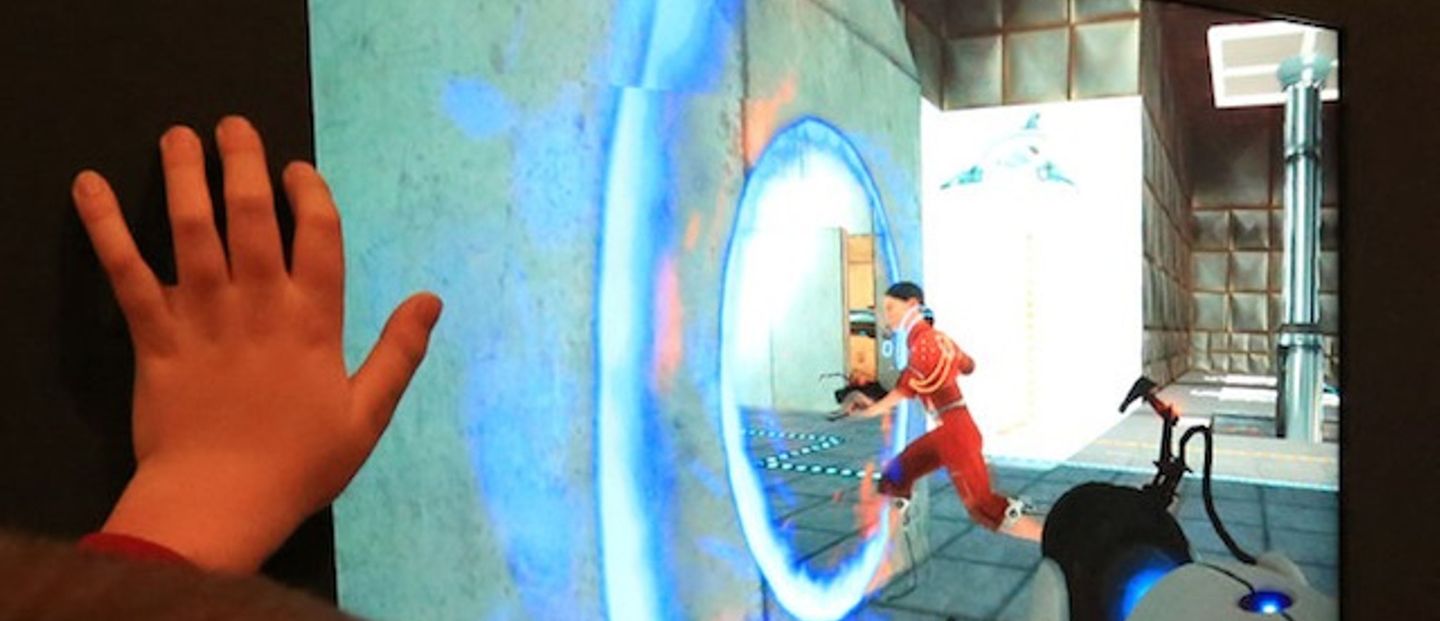A new exhibit at the Museum of Modern Art, “Applied Design”, turns a lens on video games as recreational experiences that revolve around some level of interactivity. It’s all part of a larger collection on “design” as a discipline which “has spread to almost every facet of human activity, from science and education to politics and policymaking, for a simple reason: one of design’s most fundamental tasks is to help people respond to change.”
We couldn’t agree more. But at the same time we have to differ with this opinion voiced in a NYT article covering the exhibit (link below): “This kind of indifference to direct functionalism that video games have is what makes them dear to me,” Ms. Antonelli [senior curator] said. “They are pure experience.”
Because after all, aren’t true experiences ones that change us, as participants, in some fundamental and sustained (read: functional)way? And don’t the best games – video and otherwise – have it within them to tell the kinds of stories and offer the kinds of lessons that we can use constructively? In effect, whether at a B2B trade show or at a large scale B2C event like the Olympics, can a gaming-driven brand interaction bring about some permanent change in perception and/or behavior?
This is the kind of strategic questioning that brands, marketers and especially experiential marketers must ask themselves when thinking about “gamification” and related mechanisms for engagement.
